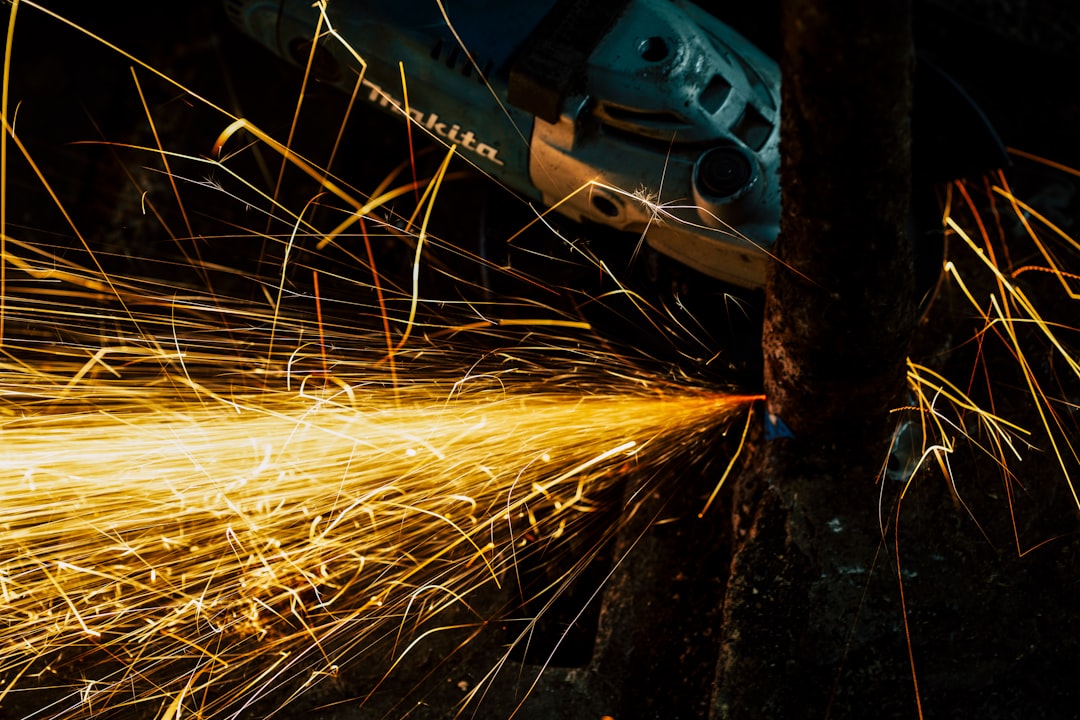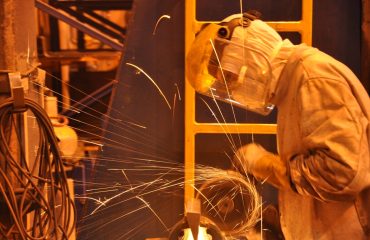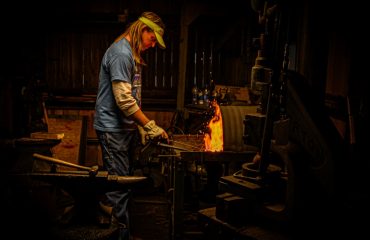The steel industry, a cornerstone of global infrastructure and manufacturing, is constantly evolving. Understanding the current sector news and steel trends is crucial for businesses, investors, and policymakers alike. This post delves into the key factors shaping the steel market, providing insights into production, pricing, demand, sustainability concerns, and future predictions.
Global Steel Production: A Rollercoaster Ride
Global steel production has experienced significant fluctuations in recent years. Factors such as economic growth in emerging markets, infrastructure projects, and government policies have all played a significant role. China, the world’s largest steel producer, has seen its production levels stabilize after a period of aggressive expansion, leading to a more balanced global supply chain. However, other regions, such as India and Southeast Asia, are experiencing substantial growth in steel production, driven by burgeoning construction and manufacturing sectors. This increased production capacity has implications for pricing and market competitiveness. Furthermore, the impact of geopolitical events, such as trade wars and sanctions, cannot be overlooked; these events can significantly disrupt supply chains and impact production volumes.
Steel Prices: A Complex Equation of Supply and Demand
Steel prices are notoriously volatile, influenced by a complex interplay of supply, demand, raw material costs (primarily iron ore and coal), and global economic conditions. While increased production in some regions might suggest lower prices, factors like transportation costs, energy prices, and currency fluctuations can counteract this effect. The demand side is equally important; robust infrastructure development, particularly in emerging economies, fuels demand, driving prices upward. Conversely, economic slowdowns or recessions can lead to decreased demand and lower prices. Analyzing price trends requires a holistic understanding of these interconnected factors, and careful consideration of macroeconomic indicators.
Demand Drivers: Infrastructure, Construction, and Beyond
The demand for steel is inextricably linked to global economic growth. Major drivers include the construction sector (residential, commercial, and infrastructure projects), automotive manufacturing, shipbuilding, and appliance production. Government investments in infrastructure, particularly in developing nations, significantly impact steel demand. The rise of renewable energy technologies also presents a significant opportunity for the steel industry, as steel is a crucial component in wind turbines and solar panel structures. However, shifts in consumer preferences and technological advancements can influence the specific types of steel demanded, creating both challenges and opportunities for producers.
Sustainability in the Steel Industry: The Green Steel Revolution
The steel industry is a significant contributor to global carbon emissions. However, growing environmental concerns and stricter regulations are pushing the sector towards more sustainable practices. The “green steel” revolution focuses on reducing carbon emissions through various methods, including the use of hydrogen in steelmaking, carbon capture and storage technologies, and increased recycling rates. These initiatives are not only environmentally beneficial but also present potential economic advantages, as companies that embrace sustainability can attract investors and gain a competitive edge in the market. The transition to green steel will require significant investment and technological innovation, but it represents a crucial step towards a more environmentally responsible future for the industry.
Future Predictions and Market Outlook: Navigating Uncertainty
Predicting the future of the steel market is inherently challenging, given its sensitivity to global economic conditions and geopolitical events. However, several trends suggest potential future scenarios. Continued growth in emerging economies will likely drive demand, while technological advancements and sustainability initiatives will reshape production methods. The increasing use of data analytics and artificial intelligence will enhance efficiency and optimize production processes. Furthermore, the consolidation of the steel industry through mergers and acquisitions is expected to continue, leading to larger, more integrated players. Navigating this uncertain landscape requires careful monitoring of market signals, technological developments, and evolving regulatory frameworks.
The steel industry is a dynamic and complex sector. Staying informed about the latest sector news and steel trends is vital for anyone involved in or impacted by this crucial industry. By understanding the interplay of production, pricing, demand, sustainability, and future predictions, businesses and investors can make informed decisions and navigate the challenges and opportunities that lie ahead.
SEO-Friendly Tags:
- Steel Industry News
- Steel Market Trends
- Steel Price Forecast
- Green Steel
- Global Steel Production




